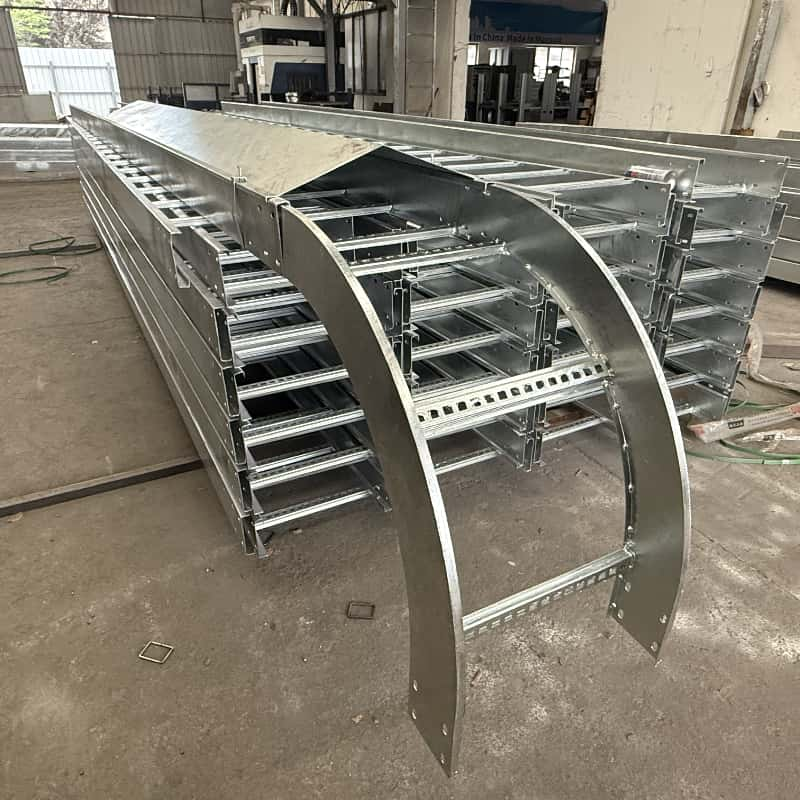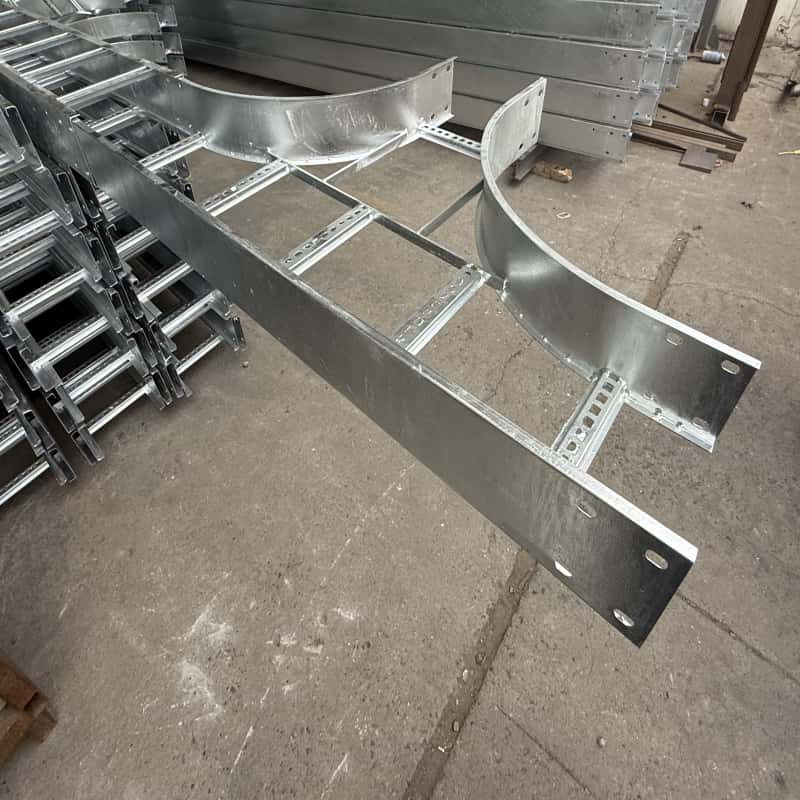In the world of electrical installation, the terms “NEMA cable ladder” and “NEMA cable tray specification” are often mentioned. These concepts are critical to ensuring safe and efficient cable management in a variety of environments, from industrial settings to commercial buildings. This article will explore what a NEMA cable ladder is and shed light on the NEMA cable tray specification.
What is a NEMA Cable Ladder?
A NEMA cable ladder is a type of cable management system used to support and organize cables. “NEMA” stands for the National Electrical Manufacturers Association (NEMA), which sets standards for electrical equipment and components in the United States. NEMA cable ladders are typically made of materials such as aluminum or steel and are designed to provide a sturdy framework for routing and securing cables.
NEMA cable ladder designs feature rungs or crossbars that allow cables to lay flat, minimizing stress and potential damage. This design is particularly effective when cables need to be run over long distances or in environments with high wire density. The open structure of the cable ladder also promotes air circulation, helping to dissipate heat generated by the cables, thereby improving safety and performance.
The Importance of NEMA Standards
NEMA standards play a vital role in ensuring that electrical equipment, including cable ladders and trays, meet specific safety and performance standards. These standards are developed through consensus among manufacturers, users, and other stakeholders in the electrical industry. By complying with NEMA standards, manufacturers can ensure that their products are reliable, safe, and compatible with other electrical components.
What is the NEMA code for cable tray?
NEMA specifications for cable trays are outlined in the NEMA VE 2 standard, which provides guidance for the design, construction, and installation of cable trays. This standard is critical to ensuring that cable trays can safely support the weight of cables while providing adequate protection from environmental factors such as moisture, dust, and physical damage.
The NEMA VE 2 standard classifies cable trays into different types, including ladder trays, solid bottom trays, and trough trays. Each type has specific applications and benefits, depending on the installation environment and the type of cable used. For example, ladder trays are ideal for heavy-duty applications that need to support a large number of cables, while solid bottom trays are better suited for environments where dust and debris are an issue.
When selecting and installing NEMA cable ladders and trays, several factors should be considered:
1. **Weight Capacity**: Make sure the cable ladder or cable tray can support the weight of the cables being installed. This includes considering the weight of the cables themselves as well as other factors such as environmental conditions.
2. **Material Selection**: Choose a material that is appropriate for the environment it will be installed in. For example, in a corrosive environment, aluminum may be the preferred material; while steel may be more suitable for heavy-duty applications.
3. **NEMA Compliant**: Always reference the NEMA VE 2 standard to ensure the cable tray system meets all necessary safety and performance requirements.
4. **Installation Practices**: Follow best installation practices to ensure cable ladders or trays are securely mounted and cables are properly routed and secured.
NEMA cable ladders and NEMA cable tray specifications are integral to effective cable management in electrical installations. By understanding the specifications and standards set by NEMA, professionals can ensure their installations are safe, efficient, and compliant with industry regulations. Whether in industrial, commercial, or residential settings, the proper use of NEMA cable ladders and trays can significantly increase the reliability and lifespan of electrical systems.
→ For all products,services and up to date information,please contact us.
Post time: May-08-2025


